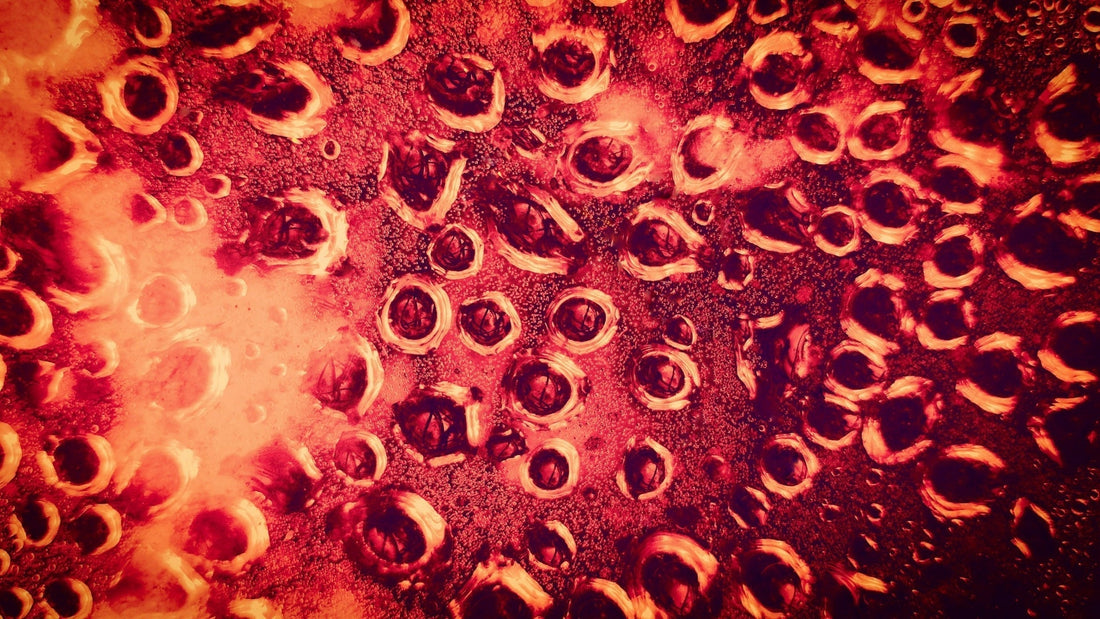What is stem cell conditioned media solution?
Stem cell conditioned media is the supernatant of the solution used to culture and propagate stem cells. In the past, this solution was disposed of as medical waste after the stem cells were removed from the culture once the stem cell expansion was completed.
The stem cell conditioned media solution was developed based on a new hypothesis by researchers, such as, "Could the solution from which the stem cells were extracted exude substances as effective as the stem cells and be useful for treatment?" This new hypothesis led to the creation of stem cell conditioned media solution as a product that is useful for medical treatment.
Today, stem cell conditioned media solution is used in a wide variety of medical settings, regardless of the specialty of treatment.
Stem cell conditioned media solution approved by clinical doctors
Most mesenchymal stem cells currently in culture are derived from fat, umbilical cord, dental pulp, or bone marrow.
Stem cell conditioned media is more than just stem cells removed from stem cell culture medium.
After all stem cells that have completed culture growth are removed, the stem cell culture medium is centrifuged, impurities are removed, and several processing steps including filtration and sterilization, are performed. Therefore, stem cell conditioned media solution does not contain stem cells themselves.
It is recommended that stem cell conditioned media solution used in the medical field to be safe and high-quality product manufactured at a culture facility approved by the Government.
Recently, high-quality products have been used not only for topical application but also as injections, nasal drops, and eye drops.
Differences between stem cell therapy and stem cell conditioned media solution therapy
Both stem cell therapy and stem cell conditioned media therapy are the same in that they both apply the power to repair and regenerate cells, but there is a critical difference.
That is, stem cell therapy uses the patient's own stem cells, whereas stem cell conditioned media solution uses supernatant solution from the culture of human-derived, but non-human stem cells from a donor.
As with stem cell therapy, stem cell conditioned media is manufactured in a strictly controlled culture facility and is tested for viruses and other safety issues, so patients can receive stem cell conditioned media therapy with the same peace of mind.
Stem cell conditioned media solution contains many cytokines, exosomes, and more than 500 other growth factors released during the culture process, and depending on the symptoms, it can be expected to be as effective as stem cell therapy.
Since the cost of treatment is lower than that of stem cell therapy, it can be used in combination with stem cell therapy as a trial or in a supportive role for stem cell therapy.
Expected Effects
Stem cell conditioned media solution is said to have the following beneficial effects
Anti-inflammatory action
Promotes healing of inflamed areas and also suppresses pain.
Effective for joint pain, back pain, neck pain, shoulder pain, muscle pain, etc.
Wound healing action
Repairs damaged cells and heals wounds at an early stage.
Activates cells from the dermis layer to the surface of the skin, and repairs scars and inflammatory scars on the skin.
Tissue and nerve repair action
When tissues such as internal organs, muscles, and peripheral nerves are damaged, the affected areas are repaired.
Activates cell division in damaged tissues, improves tissue regeneration, and restores functions. Effective for liver diseases such as cirrhosis and chronic hepatitis, skin diseases, respiratory disorders, kidney dysfunction, and complications of diabetes.
Immunomodulating action
It adjusts the immune function to a normal state to prevent allergies caused by abnormal immune reactions.
Effective for allergic rhinitis and atopic dermatitis.
Regeneration of blood vessels and angiogenesis
When blood flow is disrupted due to arteriosclerosis, etc., blood circulation is resumed through collateral blood vessel regeneration.
It is also effective in preventing the progression of arteriosclerosis.
Antioxidant action
Removes active oxygen generated in the body and prevents cell aging and cancer.
Activated oxygen removal action
Useful for recovery from fatigue and prevention of lifestyle-related diseases.
Rejuvenation and beauty action
By applying its tissue-repairing abilities in a secondary way, it can prevent wrinkles and sagging, and improve aging.
It is also attracting attention in quasi-drugs and cosmetics.
Main treatment methods using stem cell conditioned media solution
Systemic administration
Systemic administration is a method of intravenous administration through an intravenous drip.
Stem cell conditioned media solution is dissolved in saline solution and circulated throughout the body in the bloodstream.
This method of administration allows all the effects of stem cell conditioned media solution to be applied to the whole body except the brain.
Intracerebroventricular administration
Intracerebroventricular administration is a method of intranasal administration of stem cell conditioned media solution.
This method is used when the brain is diseased and the stem cell supernatant is delivered through the nasal cavity to the capillaries in the brain.
It is indicated for senile Alzheimer's disease, memory loss, and various symptoms after stroke. It is also effective in complementing Parkinson's disease.
Local Administration
Local administration is a method of injecting stem cell conditioned media solution directly into the affected area, such as a joint. It can also be injected into the site of tissue damage due to injury or disease.
This administration method is mainly used in orthopedics and surgery.

